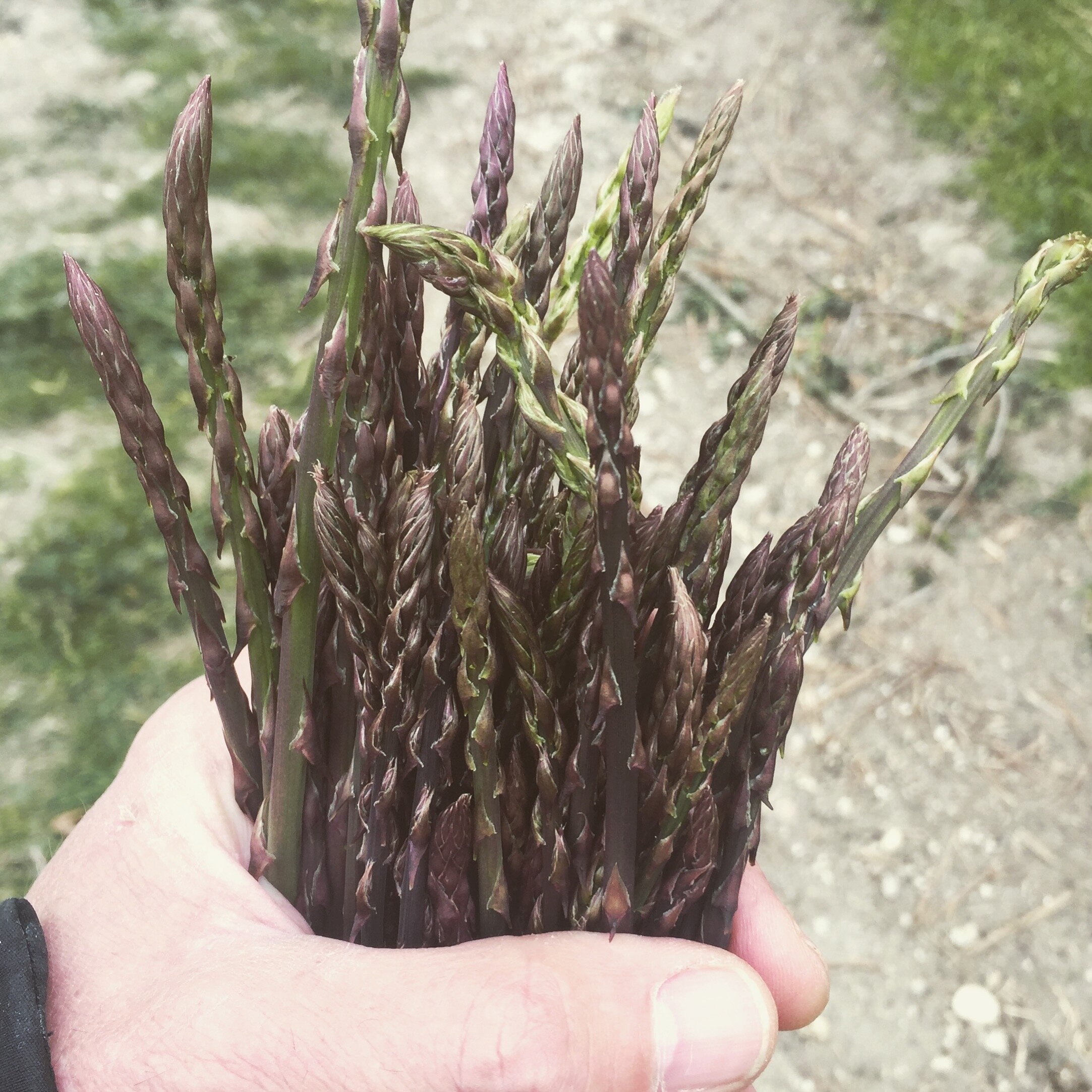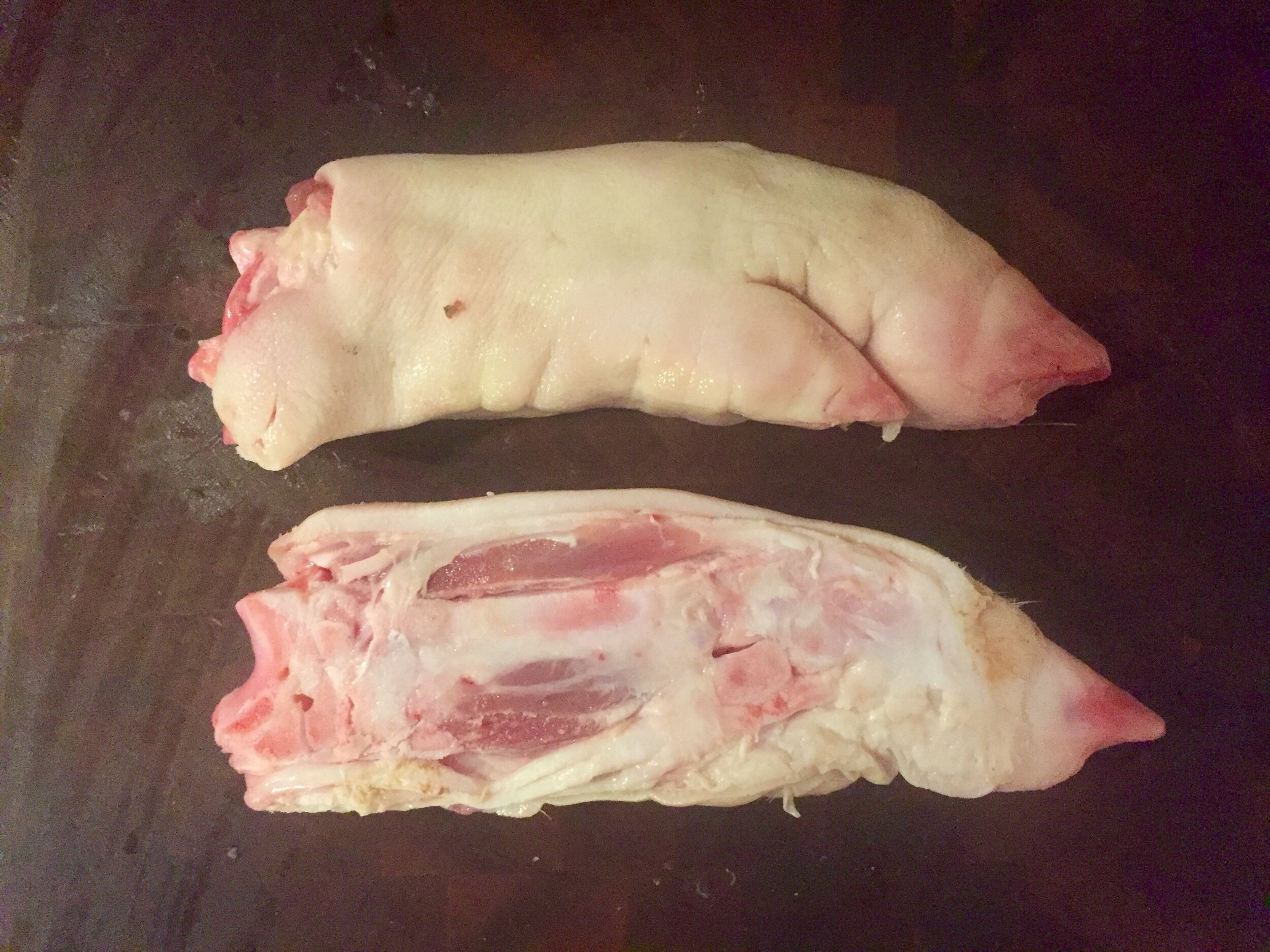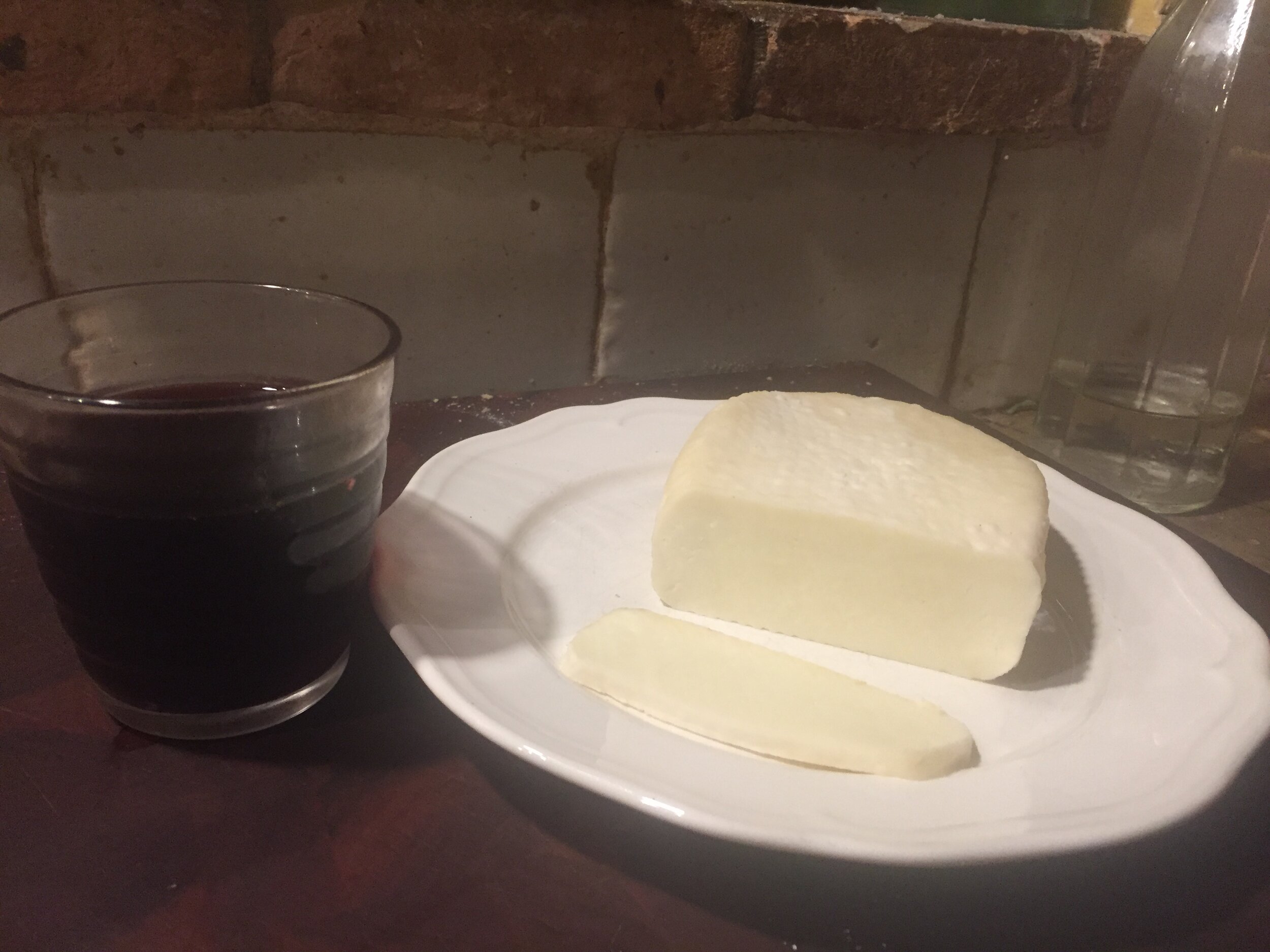The Cookbook of Secrets
The idea of our book began as a friendly conversation between two artists who share a love of food and color. Quite quickly, we realized how many of our studio materials were also related to culinary ingredients, and our simple recognition of common passions grew into a much more scholarly and serious endeavor. With alchemy, transformations, and discovery at the heart—the kitchen studio became our laboratory and the locus of our experiments.
Our investigations into making colors involve household items like eggs, saffron, honey, bones, squid, as well as plants and flowers that are local, sustainable, and for the most part, edible. We use organic materials and source local flora and fauna wherever possible, as it has been done for centuries. We are both American—one of us lives in Italy and the other returns often—thus our mindsets have been influenced by the sustainable Eat Fresh/Eat Local and Slow Food movements. The importance of eating well and staying close to the earth reminds us that what we still have in common with artists throughout history is that we are both more likely to have an egg, rather than mercury, in our cupboard. When we return to the basic elements like fire, to roast chicken or burn bones for pigment, we come to understand a natural sense of time and the patience that comes with it.
True ‘color shops’ weren’t recorded until the 1500’s in Venice, Italy. Until then, artists as well as alchemists and physicians visited the same apothecaries for material sources that had multipurpose uses in medicine, cooking, and art making. Because paint and all materials in the studio were handmade at that time, artists not only knew where each ingredient came from, they would have had to make many of their own painting supplies. Today, the ready availability of mass-produced and standardized art supplies has resulted in a loss of this historical knowledge. Young artists don’t realize that to make verdigris—a beautiful green pigment, all you need is copper, vinegar, and the warmth of the kitchen. Our aim is to share examples of how and where artists procured their ingredients, thereby restoring contemporary artists’ holistic connections to the hearth and home.
Our title, The Cookbook of Secrets, is inspired by 16th century Italian texts called Books of Secrets which contain medical, technical, and herbal recipes as well as household hints. These guarded alchemical manuals served as practical guides with instructions for material transformations. Using coded language, they also held symbolic and mystical importance. The poetic and practical went hand in hand, for one was not understood without the other. Referring to these original texts, we provide useful information to recreate historic techniques for making artistic materials and related food with a homegrown sense of alchemy. Each chapter is based on a specific color, beginning with an artistic recipe and ending with a culinary menu. Through a seasonal awareness of ingredients and a nose-to-tail mindset, we offer the reader ways to rediscover their connection to the land and their human relation to history.
With alchemy, transformations, and discovery at the heart, the kitchen-studio became our laboratory and the locus of our experiments.






















